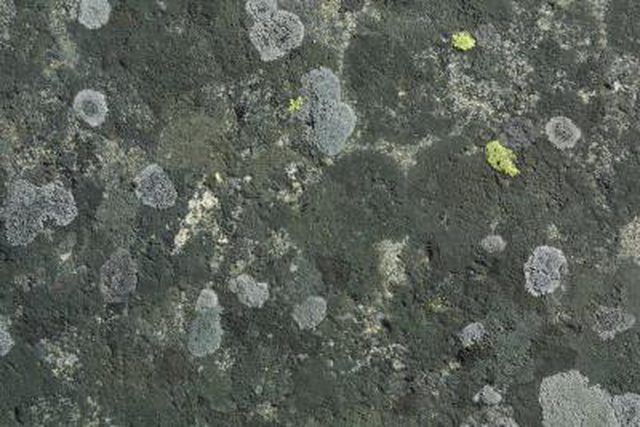Bulbs
Flower Basics
Flower Beds & Specialty Gardens
Flower Garden
Garden Furniture
Garden Gnomes
Garden Seeds
Garden Sheds
Garden Statues
Garden Tools & Supplies
Gardening Basics
Green & Organic
Groundcovers & Vines
Growing Annuals
Growing Basil
Growing Beans
Growing Berries
Growing Blueberries
Growing Cactus
Growing Corn
Growing Cotton
Growing Edibles
Growing Flowers
Growing Garlic
Growing Grapes
Growing Grass
Growing Herbs
Growing Jasmine
Growing Mint
Growing Mushrooms
Orchids
Growing Peanuts
Growing Perennials
Growing Plants
Growing Rosemary
Growing Roses
Growing Strawberries
Growing Sunflowers
Growing Thyme
Growing Tomatoes
Growing Tulips
Growing Vegetables
Herb Basics
Herb Garden
Indoor Growing
Landscaping Basics
Landscaping Patios
Landscaping Plants
Landscaping Shrubs
Landscaping Trees
Landscaping Walks & Pathways
Lawn Basics
Lawn Maintenance
Lawn Mowers
Lawn Ornaments
Lawn Planting
Lawn Tools
Outdoor Growing
Overall Landscape Planning
Pests, Weeds & Problems
Plant Basics
Rock Garden
Rose Garden
Shrubs
Soil
Specialty Gardens
Trees
Vegetable Garden
Yard Maintenance
How to Identify Black and Brown Mold
How to Identify Black and Brown Mold. Black and brown mold are the molds that are harmful to health due to toxins. Though there are molds that are black and brown in color that fall under harmless mold species, it is important to identify the mold properly to ensure it will not create major health problems. In most cases of mold, the main problem...

Black and brown mold are the molds that are harmful to health due to toxins. Though there are molds that are black and brown in color that fall under harmless mold species, it is important to identify the mold properly to ensure it will not create major health problems. In most cases of mold, the main problem is allergies or unpleasant smells, but in the case of "black mold," the toxins can cause headaches, dizziness, trouble concentrating, and allergies.
Watch for allergy-like symptoms, especially in certain areas of the house. Often the first identifying markers of black mold are allergies, headaches and dizziness. Though other molds can cause similar symptoms, especially for those with allergies to molds, dizziness is a common sign of the toxins from black mold.
Notice any odd, musty smells. Black mold, and other mold types, will produce a musty smell that results from the breakdown of materials. The musty smell is typically the first sign noticed by many that they have mold.
Look at the color. Black mold is called "black" because it appears black or dark brown against most surfaces. The main identification of black and brown mold is the obvious color.
Pay attention to the moisture levels around the black mold. Though all molds need moisture and damp conditions for growth, black mold most often develops in extreme damp conditions, such as flooding. If the moisture levels are low, the mold might not be a toxin-producing mold.